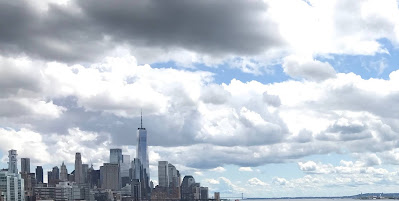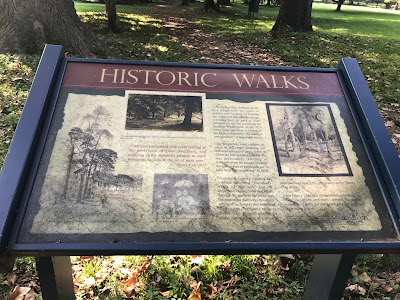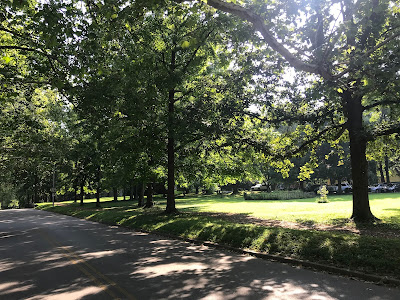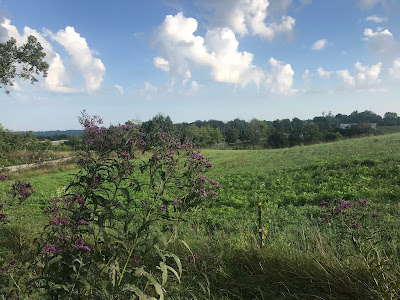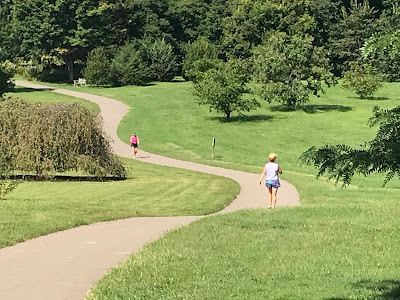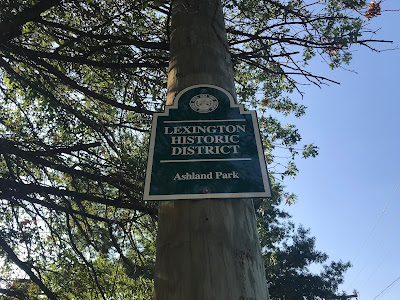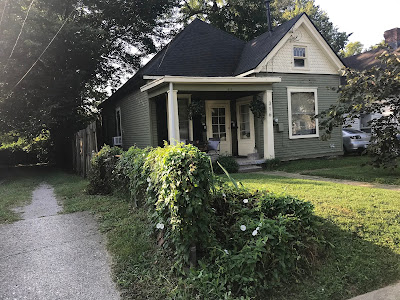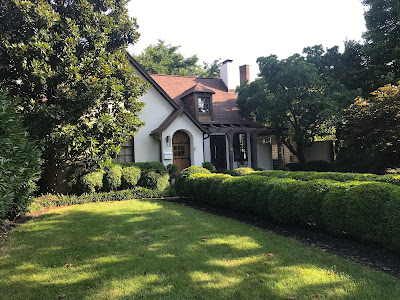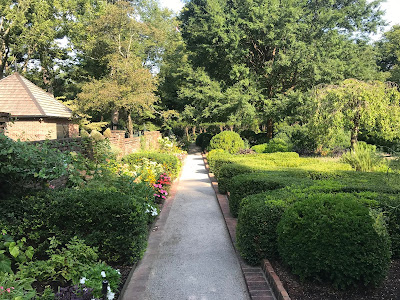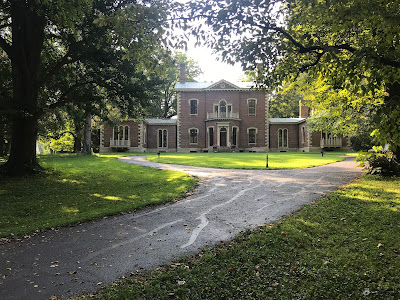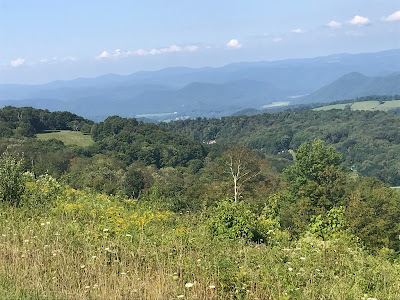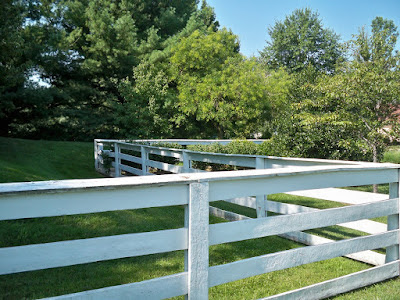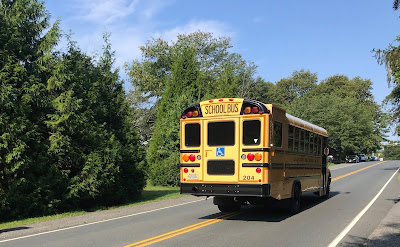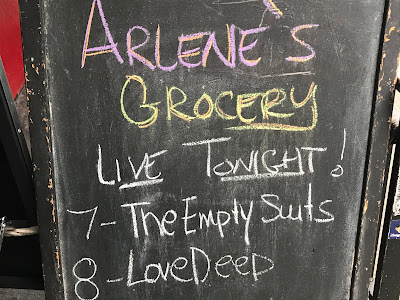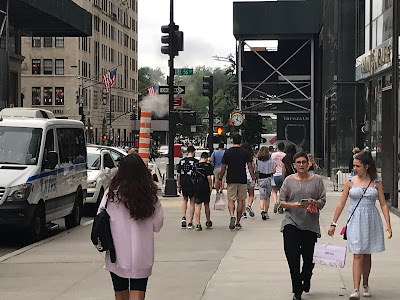Twenty Years
When I visited Lexington last month, Phillip drove me through the University of Kentucky campus. He wanted to show me that the twin towers were gone. Not those twin towers, though Phillip saw those come down, too. He was working in New York at the time, his office less than two miles north on Hudson. But it was the absence of the Kirwan-Blanding Towers he wanted to show me, two 23-floor dormitories that housed students for almost 50 years and that came down carefully, a floor at a time.
In the days and weeks that followed 9/11, I cooked up a storm. I made bacon-and-egg breakfasts, chopped vegetables for stews and soups. I drug out the crockpot and pressed it into service. I was making food for the bereaved and serving it to my family. It felt like a way to heal.
But that was long ago. Our problems have metastasized. The terrorism is still present but now we also have a pandemic, climate change disasters, and an ignominious end to the war we started to avenge the 9/11 attacks. So many challenges … and so little consensus on how to deal with them.
Ten years ago, I wrote that our children grew up in a different world. Now my children have children. What kind of world will they inherit?
